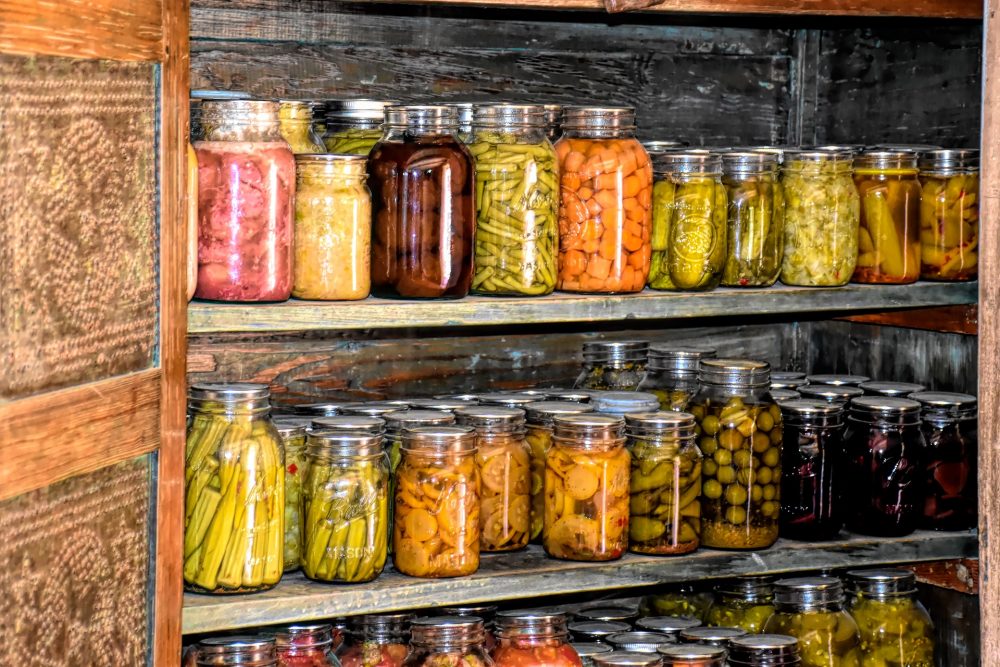If you’re putting a list of long term emergency food supplies together then the question of how long does canned food last will inevitably crop up. I mean, why would you have a glut of cans in your emergency food store if they’re not going to be any good in a year or a couple of years time?
Short Answer
How long does canned food last? – Canning offers shelf lives that typically range from one to five years, this can be extended indefinitely if cans are stored properly and the canning process has been carried out correctly. However, if canned food is stored incorrectly, or containers are damaged, or errors have occurred during processing; shelf life can be drastically reduced.
Before going any further let’s clarify exactly what canning is.
Canning is a way of safely preserving processed food in sealed airtight containers, commonly steel and tin cans but which can also be glassware such as Mason jars, as is often the case where home canners are concerned.
Canned foods have always been a great method of long term food storage but is the expiration date found on cans and jars purely there to force consumers to throw away unused and expired cans or will the contents of expired cans still be safe to eat long after the expiry date has past?
Sceptics will say the expiration date on a can is a ploy used by companies to ensure unused products are replaced instead of sitting on shelves for years, which would obviously reduce further sales in the future.
It may seem dishonest, if that is in fact what happens, but let’s get one thing straight here, if you were a canning company exec, wouldn’t it seem like good business practice to keep sales ticking over which in turn would keep the company afloat? What company wouldn’t take steps to ensure it’s customers came back and bought more of its products? It’s simply good business sense.
However, nowadays, most canning companies no longer use expiry dates; it is far more likely that you’ll find a ‘best before’ or ‘best by’ date used instead. When you think about it, this switch actually reinforces the fact that canned processed food is still edible a long time after any date printed on the can but also that companies cannot guarantee the contents will still be in optimal condition after that date.
The question most preppers want to know the answer to is… for how much longer after a best before date will the contained food be edible for ?
How Long Does Canned Food Last?
Unfortunately, there is no simple answer because there are a number of contributing factors that can either increase or decrease the shelf life of canned food.
There is undeniable proof that preserving food using canning can provide safe food storage way beyond any date stamped on a can be it an expiry date or, as is more often the case nowadays, a best before date.
Take for example the 100 year old canned food which was found on a sunken steamboat buried in silt at the bottom of the Missouri river. Even though the steamboat had been undisturbed for over a century the contents of the cans were still found to be edible after testing.
There was no microbial growth found in the contents, and even though the contents had lost their smell and certain nutrients and vitamins were diminished, the contents were still deemed safe to eat.
But why did the contents of these 100 year old cans remain edible when there have been cans, or rather the content of cans, that have lasted nowhere near as long?
There are three reasons why the shelf life of canned food can vary and they are:
1. Canning Methods and Processing Canned Food
There are three canning methods, the first is water bath canning which is the most widely used method, then there is pressure canning, and finally there is atmospheric steam canning.
Each of these methods is safe and effective for long term food preservation but unfortunately all are prone to mishaps. Incorrect processing times or temperatures, poor seals, equipment not properly sterilized, all of these will have a serious effect on the shelf life of canned food.
This is why it is important to become skilled at canning and to be absolutely rigid when following canning recipes and safety steps.
Canning is not something you want to be cutting corners with.
Water bath canning
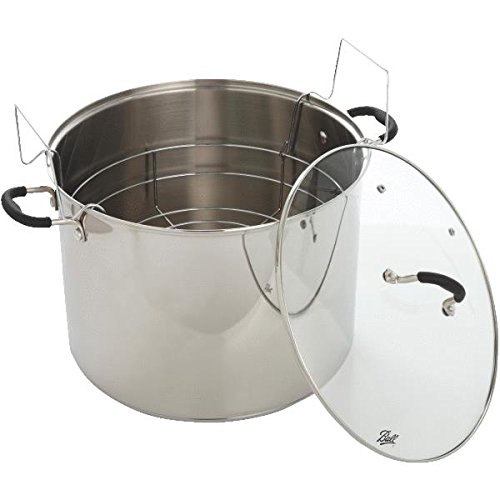
Water bath canning is recommended for preserving acidic food and sauces such as:
- Tomatoes
- Jams/jellies
- Salsas
- Fruits and fruit juices
- Pickles and relishes
- Chutneys
- Vinegars
- Condiments
Pressure Canning
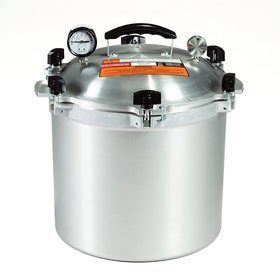
The combination of increased processing time and HIGH processing temperature kills all food-borne bacteria including Clostridium botulinum which causes botulism.
Although pressure canning can be used to can all food types it is an absolute requirement when processing non acidic foods such as:
- Meats
- Poultry
- Vegetables
- Seafood
Check out some of the best pressure canners for preppers here
Atmospheric Steam Canning
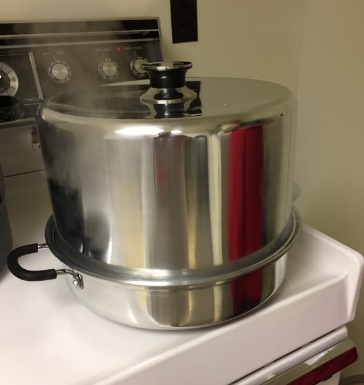
Instead of using boiling water, a steam canner, as the name suggests, uses steam. This has the benefit of saving water, energy and time.
Although the processing time is actually the same as water bath canning, bringing the temperature up to the required point takes less energy and time because you are dealing with much less water.
However as advantageous as it seems, there are a couple of negative points associated with steam canning.
First, you will need a steam canner. A steam canner can only be used for the purpose it is designed for and although they are not expensive, when you consider you can use the water bath method making use of regular pots and pans, it’s an outlay you might not think you need to make.
Second, because you are dealing with steam created from a small amount of water you will be limited to processing recipes that need only 45 minutes of processing time. Any longer than this and your steamer will run out of steam, boil dry, and possible be damaged.
In short, steam canning is a good alternative to water bath canning especially if saving energy, time, and water are priorities to you, if not, then stick to water bath canning.
Check out some of the best Steam Canners here.
2. Canned Food Storage
Storing canned food correctly is extremely important. Cans stored in locations that experience extremely high or low temperatures, or worse still, a frequent switch between the two, will very quickly become compromised.
Canned produce needs to be stored somewhere dry, cool but not cold, and out of direct sunlight.
Anywhere that experiences temperature fluctuations such as an attic or an uninsulated garage are definitely not suitable for long term storage and doing so will drastically reduce the shelf life of canned produce.
3. Damaged Canned Food
We’ve all been to the supermarket and gone through the basket where you’ll find the reduced price items. Most of the cans we find in that basket are dented and there is a good reason why that is the case.
If a can has been dented in any way then its integrity is in doubt. Any can that has been damaged is likely to have issues with maintaining it seals which are vital for the healthy life of the contents.
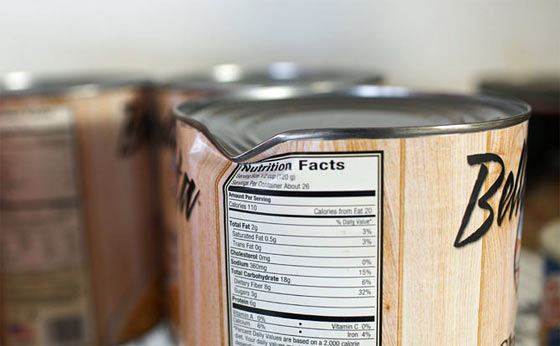
That isn’t to say you should avoid the bargain bins at your local supermarket it just means that any cans you do pick up that are damaged should be eaten quickly and are not suitable for long term storage.
You may also find on occasions that some of your cans may rust over time which isn’t a huge problem in most cases as surface rust has little effect on the integrity of the can or its contents. However, excessive rust is bad. Should you have any cans that are badly rusted it would be wise to discard them and investigate the reason for the rust because you can’t have rust without moisture..
Final Word…
In short, any date displayed on a can is nothing more than that, a date, it simply doesn’t matter. The contents of the can and how it has been stored are way more important.
A can stored in the perfect location at the perfect temperature will be good to eat well beyond any date stamped on the can.
Correctly stored cans will be good to eat for years and as long as you practice common sense you’ll be okay.
Throwing out damaged cans and putting trust in what you can see and smell before consuming, is the best way to tell if something is safe to eat, not putting your trust in some date printed on the outside of the top of the can.
How long does canned food last?…..Much longer than the date says it does that’s for sure!


